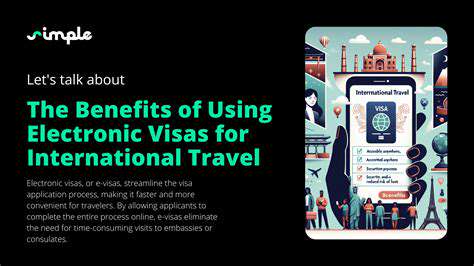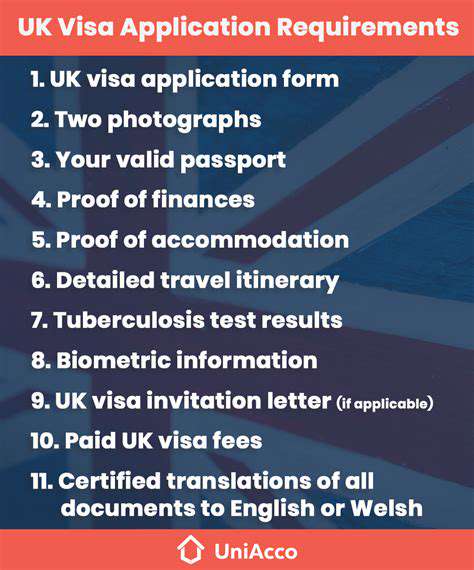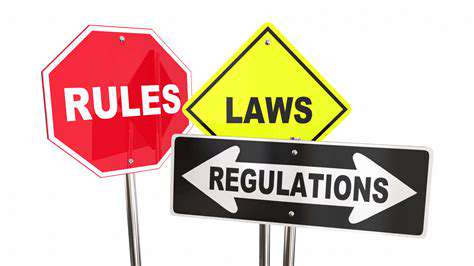Understanding E Visas: A Quick Guide
What is an E-Visa?
What is an E-Visa?
An e-Visa, or electronic visa, is a digital document authorizing a person to enter a specific country. It's a secure, electronic alternative to traditional paper-based visas. Instead of applying in person or at an embassy, applicants complete the application process online, often through the country's official website. This streamlined process typically involves submitting necessary documents and paying the visa fee electronically, making the overall application experience more convenient and efficient for travelers.
Crucially, e-Visas offer a significant advantage in terms of speed and convenience compared to traditional visa application procedures. Applicants can generally receive their e-Visa approval within a few days or even hours, depending on the specific country and the application's complexity. This expedited process is particularly beneficial for travelers with tight schedules or those planning short-term trips.
How Does an E-Visa Work?
The process for obtaining an e-Visa typically involves navigating the country's official website and completing an online application form. Applicants need to provide specific information, including personal details, travel dates, and intended purpose of visit. Often, supporting documents such as passport details and proof of accommodation are required. Once the application is submitted and the required fees are paid, the applicant can track the status of their application online. Upon approval, the e-Visa is electronically linked to the applicant's passport, allowing for seamless entry into the country.
The entire process is conducted digitally, removing the need for physical interaction at an embassy or consulate. This digital approach reduces the potential for delays and administrative hassles, making the application process more user-friendly for travelers.
Benefits of Using an E-Visa
One of the primary advantages of e-Visas is their convenience. Applicants can complete the application process from anywhere with an internet connection, saving time and effort compared to traditional visa application methods. E-Visas also often offer faster processing times, allowing travelers to secure their entry authorization quickly and efficiently. Furthermore, this digital format generally eliminates the need to physically visit an embassy, saving both time and travel expenses.
Beyond convenience, e-Visas offer enhanced security. The digital nature of e-Visas helps prevent fraud and counterfeiting. The secure online application process and the electronic linking to the passport make it difficult to forge or manipulate these documents. This enhanced security adds an extra layer of trust and assurance for both travelers and the host country.
Types of E-Visas
Different countries offer various types of e-Visas tailored to different travel purposes. These can include tourist e-Visas, business e-Visas, and even student or work e-Visas. The specific requirements for each type of e-Visa will vary based on the country, the applicant's nationality, and the intended length of stay. Each e-Visa type is designed to cater to specific travel needs and circumstances, ensuring that travelers have the necessary authorization for their intended activities within the country.
Understanding the different types of e-Visas available is crucial for travelers planning a trip. This knowledge allows them to choose the appropriate e-Visa that aligns with their travel plans and ensures a smooth entry process.
Eligibility Requirements for E-Visas
Eligibility criteria for an e-Visa can vary greatly depending on the specific country. Generally, applicants must possess a valid passport that meets the country's requirements. Specific documentation, such as proof of travel insurance or financial resources, may also be necessary. The intended purpose of the visit, whether tourism, business, or other activities, often plays a significant role in determining eligibility. Each country has its specific regulations, and it is essential to consult the country's official website for precise eligibility requirements before applying.
It's crucial to carefully review the specific requirements for the e-Visa you need. Misinterpretation of these requirements could lead to rejection of the application. Taking the time to understand and meet all the necessary criteria will significantly increase the chances of a successful e-Visa application.

Common E-Visa Requirements and Considerations

Visa Application Process
The application process for an e-visa typically involves completing an online form, providing required documents, and paying the associated fees. This process is often streamlined, making it easier for travelers to secure the necessary authorization to enter a country. It's crucial to carefully review the specific requirements for the desired destination, as they can vary significantly between countries. Different countries have different procedures and deadlines.
Many countries offer e-visa services through their official government websites, facilitating a convenient and secure application process. This online approach often eliminates the need for in-person visits to embassies or consulates, saving significant time and effort for travelers. Be sure to double-check the validity period of the e-visa, as it can vary depending on the country and the traveler's nationality.
Supporting Documents
Depending on the country, various supporting documents are commonly requested. These might include a valid passport, proof of travel arrangements, hotel reservations, and financial statements. These documents are essential to verify the traveler's identity and intent, and their absence can lead to delays or rejection of the e-visa application. Careful preparation and organization of these documents is key for a smooth application process.
Specific documentation requirements often include proof of sufficient funds to cover the duration of the trip. This can be a bank statement or a similar financial document. Understanding the criteria for financial proof is vital for successful application and avoiding potential issues.
Travel Insurance
While not always a strict requirement, travel insurance is often recommended for e-visa applications. This type of insurance provides financial protection in case of unforeseen circumstances, such as medical emergencies or trip cancellations. Having travel insurance can offer peace of mind and potentially reduce the financial burden of unexpected events during travel. Travel insurance can be a valuable investment, especially for longer trips or those involving potentially risky activities.
Entry Restrictions and Validity
Each country has its own set of entry restrictions and regulations, and it's vital to understand them thoroughly. These restrictions can vary based on the traveler's nationality, the purpose of the visit, and the length of stay. e-visas often have specific validity periods, and exceeding this timeframe may result in consequences. Always check the validity period of your e-visa and plan accordingly.
Important Tips for a Smooth E-Visa Application
Understanding the Application Process
Navigating the e-visa application process can seem daunting, but breaking it down into manageable steps can make it much smoother. Start by thoroughly researching the specific requirements for your destination country. Each country has its own set of guidelines and documentation needed. This often includes passport validity, travel dates, and the purpose of your visit. Careful preparation is key to a successful application.
Understanding the different types of e-visas available is also crucial. Some e-visas are for tourism, others for business, and some for education. Knowing the type you need will help you correctly complete the application form, ensuring you are providing the relevant details. Check for any specific documents or supporting evidence required, such as financial statements or letters of invitation.
Gathering Required Documents
One of the most important steps is diligently gathering all the necessary documents. Ensure your passport is valid for at least six months beyond your intended stay. This is a common requirement across numerous countries, so double-check this beforehand. Have copies of all supporting documents ready and organized. This includes any necessary travel insurance information, proof of accommodation, or other specifics outlined by the embassy or consulate.
Accurate information and clear copies are critical to a smooth application. Avoid any ambiguity or errors in your documentation. This will save you time and potential issues during the processing phase. If you're unsure about any specific requirement, it's always best to contact the embassy or consulate directly for clarification. They're the best source for accurate information.
Completing the Online Application Form
The online application form is typically straightforward, but careful attention to detail is essential. Ensure all the requested information is accurate and complete. Double-check spellings, dates, and other details to prevent errors. Use a reliable internet connection and complete the application in one sitting to avoid losing your progress.
Reviewing and Submitting Your Application
Before submitting your application, meticulously review all the information you've provided. Ensure there are no errors or missing details. This step is crucial for preventing rejection or delays. Thoroughly read the application guidelines and terms of service, as well as any associated fees.
Understanding Processing Times
Processing times for e-visas can vary significantly depending on the country and the volume of applications. It's essential to understand these processing times before applying. Allow ample time for the application to be processed. Checking the official website of the relevant embassy or consulate for updated processing times is highly recommended. Be prepared for potential delays, especially during peak travel seasons.
Payment and Confirmation
Navigating the payment process is straightforward, but understanding the payment methods accepted is crucial. Ensure you have the correct payment information ready. Check if there are any additional fees associated with the application. After successful payment, carefully review the confirmation email or online portal to ensure the application was submitted correctly. Keep a copy of the confirmation for your records.
Handling Potential Issues and Delays
Occasionally, issues or delays might arise during the e-visa application process. If you encounter any problems, promptly contact the relevant embassy or consulate to inquire about the status of your application. Understanding the communication channels and how to effectively follow up on your application is essential. Be proactive in addressing any concerns or queries to ensure a smooth and timely outcome.
![Planning a Family Camping Trip [Beginner's Guide]](/static/images/27/2025-04/MakingtheMostofYourCampingExperience.jpg)

![How to Pack a Carry On Only [Minimalist Guide]](/static/images/27/2025-05/AccessoriesandDocuments3AKeepingitCompactandOrganized.jpg)








